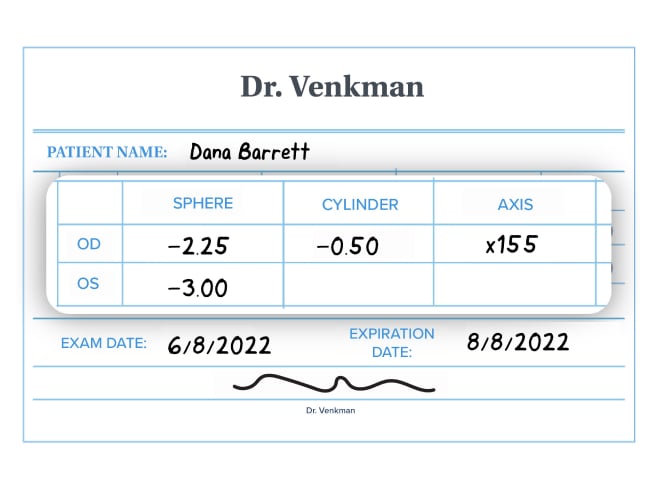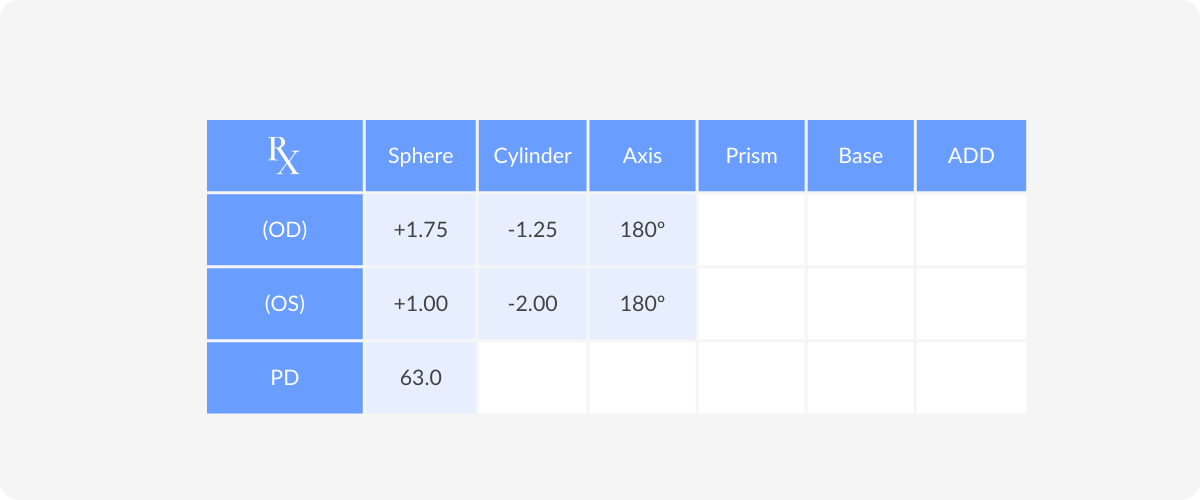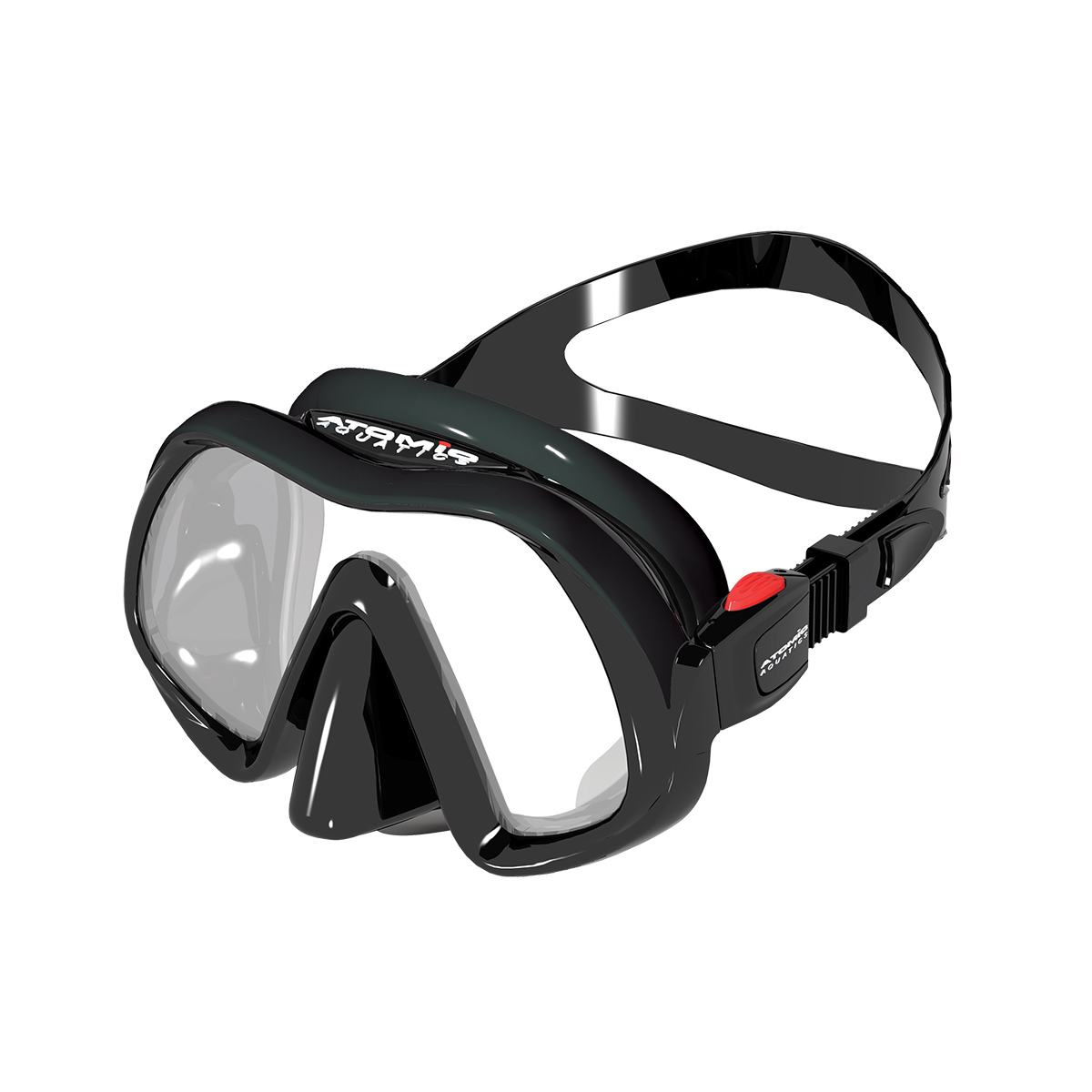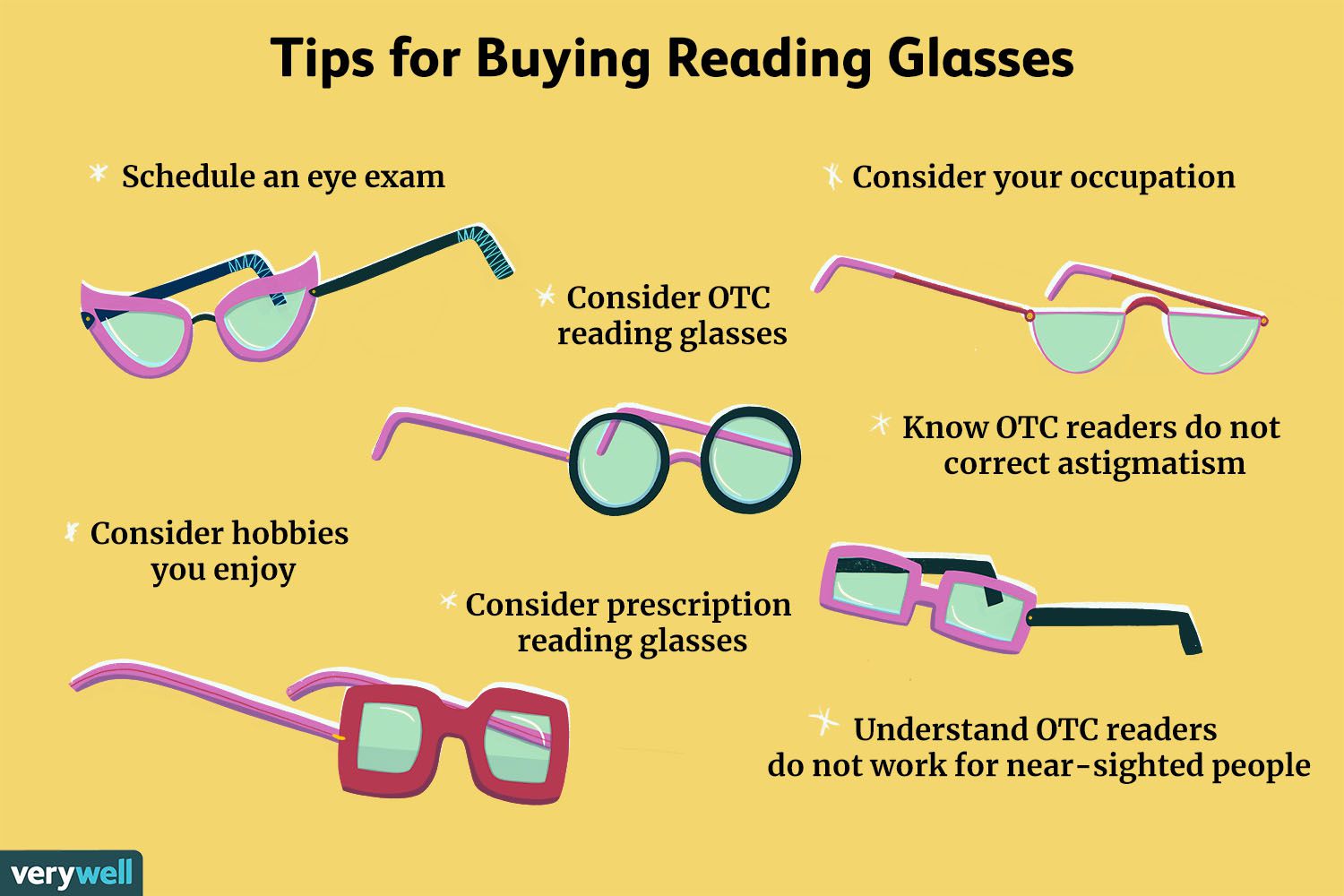Struggling with blurred vision or eye strain, especially when trying to focus? Understanding your unique glasses prescription for astigmatism is the crucial first step to achieving unparalleled clarity. This comprehensive guide will demystify your prescription, help you choose the ideal corrective lenses, and ensure you unlock crystal-clear vision for every aspect of your life. Discover perfectly tailored solutions to meet your specific needs and explore stylish options like designer readers men at Mozaer, designed to enhance both your sight and style. Find your ultimate visual clarity with a precise glasses prescription for astigmatism.
【Correcting Astigmatism: Deciphering Your Glasses Prescription】

After understanding what astigmatism is and how it’s diagnosed, the next crucial step is selecting the right corrective lenses. For many, a precise glasses prescription for astigmatism is the most effective and convenient solution to achieve clear vision. This section will guide you through understanding your prescription, choosing appropriate lenses, and ensuring your glasses provide optimal visual acuity and comfort.
Understanding Your Astigmatism Prescription
A prescription for corrective eyewear might seem like a complex set of numbers and abbreviations, but each component plays a vital role in correcting your specific vision needs, especially with astigmatism. Understanding these details is key to getting the right glasses prescription for astigmatism.
Components of a Glasses Prescription for Astigmatism
Your eye doctor, whether an optometrist or ophthalmologist, will provide a prescription sheet detailing the necessary lens parameters. For astigmatism, three primary values are critical: Sphere (SPH), Cylinder (CYL), and Axis (AXIS).
- Sphere (SPH): This indicates the lens power needed to correct nearsightedness (myopia, noted with a minus sign, e.g., -2.00) or farsightedness (hyperopia, noted with a plus sign, e.g., +1.50). It corrects general focusing errors, determining the overall strength of the lens.
- Cylinder (CYL): This specific value addresses the degree of astigmatism. It represents the additional lens power required to correct the irregular curvature of your cornea or lens. A higher absolute CYL value indicates more significant astigmatism, requiring a stronger cylindrical lens to compensate.
- Axis (AXIS): Measured in degrees from 1 to 180, the Axis indicates the orientation or angle of the astigmatism. Think of it as specifying where on the irregular curve the cylindrical correction needs to be applied. For accurate vision correction, the Axis value on your glasses prescription for astigmatism must align perfectly with the orientation of your astigmatism.
These three numbers collectively define the unique shape of the lens needed to neutralize the distortions caused by astigmatism, allowing light to focus sharply on your retina.
Interpreting Your Prescription: What the Numbers Mean
Interpreting your glasses prescription for astigmatism involves understanding how these values translate into real-world vision correction. For instance, if your prescription shows -1.00 SPH -0.75 CYL x 180 AXIS, it means you have slight nearsightedness, combined with a mild degree of astigmatism oriented horizontally (at 180 degrees).
The precision of these measurements is paramount. Even small inaccuracies in the Cylinder or Axis can lead to continued blurred vision, eye strain, headaches, or even dizziness, as your brain struggles to compensate for the uncorrected visual distortion. This is why a current and accurate glasses prescription for astigmatism obtained from a comprehensive eye exam is absolutely essential for optimal visual clarity and comfort in 2025.
Selecting the Right Lenses for Astigmatism Correction
Once you have your accurate glasses prescription for astigmatism, the next step is choosing the right type of lenses and any additional features that enhance your vision and comfort.
Toric Lenses: The Standard for Astigmatism Glasses
For the vast majority of individuals with astigmatism, the go-to solution for corrective eyewear is toric lenses. Unlike standard spherical lenses, which have a uniform curvature, toric lenses possess different optical powers and focal lengths in two orientations that are perpendicular to each other.
- Functionality: This unique design allows toric lenses to compensate precisely for the irregular shape of an astigmatic cornea or lens. They effectively correct the varying refractive power across different meridians of the eye, ensuring that light rays from all angles converge at a single focal point on the retina. This specialized optical design is what enables clear, sharp vision for individuals with astigmatism, eliminating the common visual distortions like blurring, stretching, or ghosting of images.
- Precision: The success of toric lenses hinges entirely on the accuracy of your glasses prescription for astigmatism, specifically the Cylinder and Axis values. The lens must be precisely positioned in your frame according to the prescribed axis to provide effective correction.
Lens Coatings and Materials for Enhanced Vision
Beyond the core optical correction, modern lens technology offers a variety of coatings and materials that significantly enhance the functionality and durability of your glasses prescription for astigmatism.
- Anti-Reflective (AR) Coating: This coating minimizes reflections from the lens surfaces, reducing glare from bright lights, computer screens, and headlights at night. It also makes the lenses appear almost invisible, improving aesthetics and making eye contact clearer.
- UV Protection: Just as important as protecting your skin, safeguarding your eyes from harmful ultraviolet (UV) radiation is crucial. Lenses with built-in UV protection help prevent long-term damage that can contribute to cataracts and macular degeneration. When considering eyewear, including mens sunglasses, always prioritize UV protection for comprehensive eye health. For a deeper dive into eyewear that merges style with advanced vision protection, you might find valuable insights on mens sunglasses and how they are revolutionizing vision and style.
- Scratch-Resistant Coating: This thin, hard layer helps protect lenses from scratches, extending their lifespan and maintaining clear vision.
- Lightweight Materials: For higher glasses prescription for astigmatism or for those who wear their spectacles for extended periods, choosing lightweight lens materials like polycarbonate or Trivex can significantly enhance comfort and reduce pressure on the nose and ears. These materials are also more impact-resistant, offering an added layer of safety.
Getting and Maintaining Your Astigmatism Glasses
Acquiring the correct glasses prescription for astigmatism is only half the battle; ensuring they fit properly and knowing when to update them are equally important for sustained clear vision and eye comfort.
The Importance of a Precise Glasses Fitting for Astigmatism
Even with the most accurate glasses prescription for astigmatism, a poor fit can compromise the effectiveness of your corrective lenses. The optical center of each lens must align perfectly with the center of your pupils.
- Visual Impact: If your frames are crooked, too loose, or too tight, the lenses won’t sit optimally in front of your eyes. This misalignment can lead to prism effects, causing visual distortion, double vision, or eye strain, as your eyes are forced to work harder to compensate. For toric lenses, proper positioning along the prescribed axis is particularly critical; any rotation can negate the astigmatism correction.
- Comfort: A well-fitted pair of spectacles ensures they sit comfortably on your face without pinching, slipping, or causing pressure points. This is essential for all-day wear, especially for those who rely on their glasses prescription for astigmatism constantly. Professional adjustment by an optician is highly recommended to achieve the ideal fit.
When to Update Your Glasses Prescription for Astigmatism
Your eyes are dynamic, and your prescription can change over time. Regular eye examinations are crucial to ensure your glasses prescription for astigmatism remains current and provides optimal vision.
- Signs of Change: If you start experiencing symptoms like blurred vision (even with your current glasses), increased eye strain, headaches, difficulty with night driving, or needing to squint to see clearly, it’s a strong indicator that your prescription might need updating. These are often the first signs that your astigmatism, or other refractive errors, have progressed.
- Recommended Frequency: Eye healthcare professionals generally recommend an annual comprehensive eye exam, especially for individuals with known vision conditions like astigmatism. For children and certain high-risk groups, more frequent checks might be advised. Staying on top of your eye health ensures that your glasses prescription for astigmatism consistently meets your visual needs, allowing you to experience the world with clarity and comfort.
Finding the right eyewear to correct your astigmatism is essential for clear, comfortable vision. To explore a wide range of eyewear options designed to address your unique visual needs, including specific glasses prescription for astigmatism requirements, you can find a comprehensive selection that could resolve your search intent by providing suitable corrective lenses at glasses prescription for astigmatism.
【Decoding Your Glasses Prescription for Astigmatism】

Understanding your glasses prescription for astigmatism is fundamental to ensuring you receive the correct corrective lenses. While the abbreviations and numbers might initially seem daunting, each component provides vital information about your vision needs, particularly for managing astigmatism. This section will break down the specifics of your prescription, explaining what each value signifies and how it contributes to achieving clear and comfortable vision.
How to Read Astigmatism Numbers: Sphere, Cylinder, and Axis
Your eye care professional will provide a detailed glasses prescription for astigmatism that typically includes numbers under categories like SPH, CYL, and AXIS. These values collectively define the unique optical power and orientation required to correct your specific visual irregularities. Learning to interpret these numbers empowers you to understand your eye health better and ensures you are getting the appropriate vision correction.
Sphere Value in Astigmatism Prescription: Correcting General Refractive Errors
The Sphere (SPH) value on your glasses prescription for astigmatism indicates the primary lens power needed to correct general refractive errors, such as nearsightedness or farsightedness. This part of the prescription is standard for anyone needing vision correction, even those without astigmatism.
- Measures the optical power for nearsightedness (-) or farsightedness (+). A minus sign (-) signifies nearsightedness (myopia), meaning you have difficulty seeing distant objects clearly. A plus sign (+) denotes farsightedness (hyperopia), where close-up objects appear blurry. The larger the absolute number, the stronger the lens power required.
- Given in dioptres (D), typically in 0.25 increments. Dioptres are the units of measurement for optical power. For instance, a value of -2.50 D indicates moderate nearsightedness, while +1.75 D suggests mild to moderate farsightedness. This spherical correction ensures that light focuses directly onto your retina, improving overall clarity.
Cylinder and Axis in Glasses Prescription: The Astigmatism Specifics
While the Sphere corrects broad focusing issues, the Cylinder (CYL) and Axis (AXIS) are the specific components that address your astigmatism. These two values work in tandem to counteract the irregular curvature of your eye, allowing for precise light refraction.
- Cylinder (CYL): Strength of the lens needed to correct astigmatism (also in dioptres). This value quantifies the additional lens power required to compensate for the uneven shape of your cornea or lens. Unlike the spherical power, which is uniform, the cylinder power varies across different meridians of the lens to specifically target the astigmatic distortion. A higher absolute CYL value means a greater degree of astigmatism and a stronger cylindrical correction is necessary.
- Axis (AXS): Orientation (0-180 degrees) of the astigmatism correction. The Axis indicates the precise angle at which the cylindrical power needs to be applied. It identifies the meridian of the eye that requires this specific correction. Think of it as a clock face; if your astigmatism is vertical, the axis might be close to 90 degrees; if horizontal, it might be 180 degrees. For glasses prescription for astigmatism to be effective, both the cylinder power and its exact orientation (axis) must be perfectly matched to your eye’s unique astigmatism. Even a slight deviation in the axis can lead to blurred vision, discomfort, or eye strain, making accurate measurement crucial for effective astigmatic correction.
Can Astigmatism Be Fully Corrected with Glasses?
A common question for individuals diagnosed with this refractive error is whether glasses prescription for astigmatism can fully restore clear vision. The answer, in most cases, is a resounding yes – glasses are highly effective in providing sharp, comfortable vision for the vast majority of astigmatism types.
Eyeglasses for Astigmatism Clarity: Achieving Optimal Vision
For most individuals, eyeglasses for astigmatism provide a significant, if not complete, correction of visual distortions. The goal is to achieve optimal visual acuity, allowing you to perform daily tasks without strain or blur.
- Astigmatism can be significantly improved, often achieving clear vision. Glasses designed for astigmatism, primarily utilizing toric lenses, are engineered to precisely counteract the irregular curvature of the eye. This allows light to converge properly on the retina, eliminating issues like ghosting, streaking, or general blurriness. Many people with astigmatism experience perfectly clear vision with the correct glasses prescription for astigmatism.
- Success depends on the degree of astigmatism and lens precision, including for high astigmatism prescription. While most mild to moderate cases are fully correctable, individuals with a very high astigmatism prescription might still experience some residual blur or slight distortion, although their vision will be vastly improved compared to being uncorrected. The precision of the toric lens, along with its proper fit and alignment, is paramount. Advances in lens technology in 2025 ensure that even complex or high astigmatism prescriptions can be managed effectively. Beyond just correction, many glasses also offer stylish choices, allowing individuals to select frames that enhance their look. For those interested in combining optimal vision with aesthetic appeal, exploring various frame designs can be as important as the lenses themselves. You can find inspiration and guidance on trendy eyewear options by checking out this guide to fashion glasses for men. Finding the right glasses prescription for astigmatism is key to visual clarity, and selecting the perfect frames further enhances your comfort and confidence. To explore a wide array of options specifically designed to meet your precise glasses prescription for astigmatism requirements, you can find a comprehensive selection of eyewear that aims to resolve your visual needs by visiting glasses prescription for astigmatism.
【Finding the Right Corrective Lenses for Astigmatism】

Having decoded your glasses prescription for astigmatism, the next crucial step is to explore the diverse range of corrective lenses available. From everyday eyeglasses to specialized contact lenses and even innovative optical solutions for unique activities, selecting the appropriate vision correction is paramount for achieving optimal visual comfort and clarity. This section details the primary options and their specific benefits and considerations for managing astigmatism effectively in 2025.
Toric Lenses for Astigmatism: Designed for Precision
At the heart of most astigmatism correction lies the toric lens. These advanced lenses are specifically engineered to counteract the irregular curvature of your eye, providing focused light refraction that spherical lenses cannot. Their precision is what makes them indispensable for individuals with this common refractive error.
Prescription Glasses: Custom-Made Solutions for Sharp Vision
For many, prescription glasses remain the most common and effective method for correcting astigmatism. These custom-made optical solutions are tailored precisely to your unique visual needs, ensuring sharp and comfortable vision.
Toric lenses, the cornerstone of astigmatic eyeglasses, ingeniously combine both spherical and cylindrical designs. This dual design means they correct not only general refractive errors like nearsightedness or farsightedness but also specifically address the varying optical power required across different meridians of the eye due to astigmatism. This comprehensive approach ensures that light converges correctly on your retina, eliminating blur and distortion.
These specialized lenses are custom-made by experienced ophthalmic specialists, meticulously matching every detail of your precise glasses prescription for astigmatism, including the sphere, cylinder, and axis values. The result is a highly personalized pair of spectacles that significantly enhances your visual acuity for all daily tasks. While high-quality, bonded full-prescription lenses for astigmatism typically have costs starting around £180 for a set, finding prescription eyeglasses online cheap is increasingly possible without compromising the essential precision needed for your specific glasses prescription for astigmatism.
Contact Lenses for Astigmatism: An Everyday Alternative
For those seeking an alternative to spectacles, contact lenses for astigmatism offer a discreet and convenient solution. Toric contact lenses are widely available and specifically designed to provide stable and clear vision for individuals with this refractive condition.
The primary pros of toric contact lenses include their flexibility and convenience. They offer an unobstructed field of view, making them ideal for sports and active lifestyles where traditional glasses might be cumbersome. Reputable online retailers such as 1-800 Contacts, GlassesUSA, and Warby Parker provide a wide selection, often making it easier to manage your vision correction needs.
However, there are also cons to consider. Contact lenses, including toric varieties, can occasionally dislodge during vigorous activities, such as mask flooding when diving. More significantly, improper care can lead to serious eye infections, underscoring the critical importance of strict hygiene and adherence to your eye care professional’s guidelines for maintaining optimal eye health.
Exploring Advanced and Specialized Corrective Options
Beyond standard eyeglasses and contact lenses, ongoing advancements in optical science continue to introduce specialized corrective lenses for astigmatism that cater to unique needs or offer enhanced performance.
Extended-Depth-of-Focus (EDOF) Thin Spectacles: A Technological Leap
One exciting development in astigmatism management is the emergence of Extended-Depth-of-Focus (EDOF) thin spectacles. These innovative spectacles are coated with a remarkably thin phase-only optical element, typically around 1-micrometer thick, which works to extend the range of clear vision.
This technological leap has demonstrated significant improvements in visual performance. Data from clinical trials indicates that EDOF thin spectacles can provide up to 2.00 dioptres of vision improvement for astigmatic eyes, offering a broader range of focus and potentially reducing the reliance on multiple pairs of glasses for different distances. This represents a promising avenue for enhanced visual clarity and convenience.
Corrective Lenses for Dive Masks: Specialized Use Cases
For enthusiasts of underwater activities, specialized corrective lenses for dive masks are available to ensure clear vision beneath the surface. Several manufacturers offer models that allow for user-changeable lenses or can be factory-fitted with prescription lenses.
However, it’s crucial to understand their limitations. Many of these specialized masks primarily compensate for general distance vision (spherical power), often in 0.5 dioptre increments. This incremental correction may not precisely address the specific cylindrical power and axis required for effective glasses prescription for astigmatism correction, potentially leaving some residual blur or distortion for individuals with more complex astigmatism. For example, popular models like the TUSA Freedom Ceos (Mask £72, lenses £33.50 each) offer distance corrections from -1.0 to -8.0 and +1.0 to +4.5, but their astigmatism correction capabilities are often limited. Therefore, individuals with astigmatism requiring precise optical solutions for diving may need to consult with an eye care specialist about custom solutions or consider using toric contact lenses under their mask.
Choosing the right corrective lenses is a deeply personal decision, influenced by your lifestyle, the severity of your astigmatism, and your specific visual requirements. By understanding the available options, you can make an informed choice that leads to optimal vision correction and comfort. To find a comprehensive range of eyewear that precisely matches your glasses prescription for astigmatism, enabling you to achieve the clearest possible vision, explore a vast selection tailored to your needs. glasses prescription for astigmatism
Life with Astigmatism Glasses: Benefits & Adjustment

Embracing glasses prescription for astigmatism is not merely about correcting a refractive error; it’s about unlocking a new level of visual performance and comfort. For many, wearing these specialized lenses marks a significant turning point, enhancing everything from daily tasks to professional performance. Understanding both the profound benefits and the initial adjustment period is key to a smooth transition and long-term satisfaction with your new eyewear in 2025.
Benefits of Wearing Astigmatism Glasses: Enhanced Performance and Clarity
The impact of properly prescribed astigmatism glasses extends far beyond simply seeing clearly. They optimize how your brain processes visual information, leading to improved efficiency and a reduction in eye strain. This visual optimization translates into tangible benefits across various aspects of life.
Significant Improvement in Vision: Real-World Impact
One compelling real-world example of the profound impact of correcting astigmatism comes from professional baseball player Kiké Hernández. Struggling with his performance, Hernández discovered he had astigmatism. The change after he began wearing corrective lenses was dramatic and immediate.
Prior to wearing glasses, his hitting statistics for the season were noticeably lower: a mere .191 batting average, coupled with 45 strikeouts and only 15 RBIs. This performance often left him struggling at the plate. However, once he started using custom-made prescription glasses tailored to his astigmatism, his performance saw a remarkable upswing. Over the subsequent 20 games, his batting average soared to .278, while his strikeouts reduced significantly to 18, and his RBIs increased to 11. This striking vision improvement underscores how precise astigmatism correction can directly influence complex motor skills and decision-making in high-pressure environments.
Eyeglasses for Astigmatism Clarity: Improved Decision-Making and Comfort
The enhancements provided by eyeglasses for astigmatism clarity go beyond statistical improvements; they fundamentally alter how individuals perceive their surroundings. As observed by Hernández’s manager, Dave Roberts, the player was “seeing spin” on pitches better. This seemingly minor detail is critical in baseball, allowing for improved swing decisions and better contact with the ball.
This concept translates universally to everyday life. For anyone with uncorrected astigmatism, visual input can be distorted, leading to blurred lines, ghosting, or halos, especially in low light. When you wear astigmatism glasses, these distortions are minimized or eliminated, providing crisp, clear optical clarity. This improved visual precision reduces the cognitive load on your brain, making it easier to read, drive, work on computers, and engage in hobbies without the constant effort to decipher blurred images. The result is not only enhanced decision-making but also significantly greater visual comfort throughout the day. Selecting frames that complement your prescription for astigmatism and provide an unobstructed view, such as the lightweight and minimalist design of rimless glasses, can further enhance this comfort by reducing peripheral distractions.
Adjusting to Astigmatism Glasses: What to Expect
While the long-term benefits of wearing astigmatism glasses are substantial, it’s important to set realistic expectations regarding the initial adjustment period. Your brain needs time to adapt to the new, corrected visual input.
Initial Adaptation: Understanding Depth Perception Changes
When you first put on new eyewear for astigmatism, you might experience a sensation of “weird” depth perception or a slight “fishbowl” effect. This is a common and entirely normal part of the adaptation process. The brain has grown accustomed to interpreting distorted images due to your uncorrected astigmatism. With the introduction of precisely corrected vision from your glasses prescription for astigmatism, your brain needs to re-learn how to process this accurate information, especially regarding spatial relationships and distances.
It is crucial to wear your new astigmatism spectacles consistently during this initial adaptation period. Resist the urge to switch back to old glasses or go without them, as this can prolong the adjustment. Typically, this period of visual adaptation lasts anywhere from a few days to a couple of weeks. By consistently wearing them, your brain quickly recalibrates, and the initial unusual sensations will subside, replaced by clear and comfortable vision.
Long-Term Vision Care for Astigmatism: Regular Check-ups
Maintaining optimal vision care for astigmatism is an ongoing process that extends beyond the initial fitting of your glasses. Regular eye examinations are an essential component of long-term eye health and ensuring your prescription for astigmatism remains accurate.
Eye care professionals recommend routine eye exams, typically once a year, or as advised by your optometrist. These check-ups allow them to monitor your eye health, detect any changes in your astigmatism, and ensure that your prescription accuracy continues to provide the clearest possible vision. Over time, your prescription can change due to various factors, including age or progression of the refractive error. Promptly updating your prescription glasses or contact lenses for astigmatism based on these regular assessments ensures that you consistently benefit from the best possible optical correction and enjoy uninterrupted visual clarity. Proper cleaning and storage of your eyewear are also vital for maintaining lens integrity and optimal performance.
To experience the immediate and long-term benefits discussed, from enhanced vision to improved comfort in daily life, finding the perfect glasses prescription for astigmatism is the first step. Explore a wide array of options designed to precisely meet your vision needs and lifestyle, ensuring you achieve unparalleled clarity and performance. glasses prescription for astigmatism
Achieving Optimal Vision and Comfort with Astigmatism Glasses
Navigating the world with astigmatism can be challenging, but as this guide highlights, a precise glasses prescription for astigmatism and the right eyewear offer transformative clarity. We’ve journeyed through understanding the critical components of your prescription – Sphere, Cylinder, and Axis – recognizing how each number intricately contributes to neutralizing your eye’s unique irregularities. The core of this correction lies in specialized toric lenses, meticulously designed to counteract the uneven curvature of an astigmatic eye, ensuring light converges sharply on your retina.
Beyond the fundamental optical correction, remember the significant benefits offered by modern lens enhancements such as anti-reflective, UV protection, and scratch-resistant coatings, all contributing to superior visual comfort and durability. Choosing lightweight materials further elevates the daily wearing experience, particularly for those with higher prescriptions.
Equally vital is the proper fitting of your spectacles, as even the most accurate glasses prescription for astigmatism can be compromised by poor alignment. A professional fitting ensures the lenses’ optical centers align perfectly with your pupils, preventing distortions and maximizing comfort. Furthermore, recognizing the dynamic nature of your vision, consistent and regular eye examinations are non-negotiable. These check-ups are paramount for monitoring changes in your astigmatism, promptly updating your prescription, and ensuring continuous optical accuracy and eye health.
The real-world impact of precise astigmatism correction is profound, as exemplified by cases like Kiké Hernández, whose performance drastically improved once his vision was optimized. Corrective glasses not only eliminate blur, ghosting, and eye strain but also enhance decision-making and overall visual comfort in daily activities. While an initial adjustment period to new astigmatism glasses is normal, consistent wear quickly trains your brain to adapt to the newfound clarity.
Ultimately, investing in the correct eyewear based on your glasses prescription for astigmatism is an investment in your quality of life. It empowers you to see the world with crisp, undistorted clarity, reducing fatigue and opening up new possibilities. To explore a diverse array of high-quality eyewear tailored to your exact visual requirements and elevate your everyday visual experience, visit glasses prescription for astigmatism. Embrace the power of clear vision today.

Leave a Reply